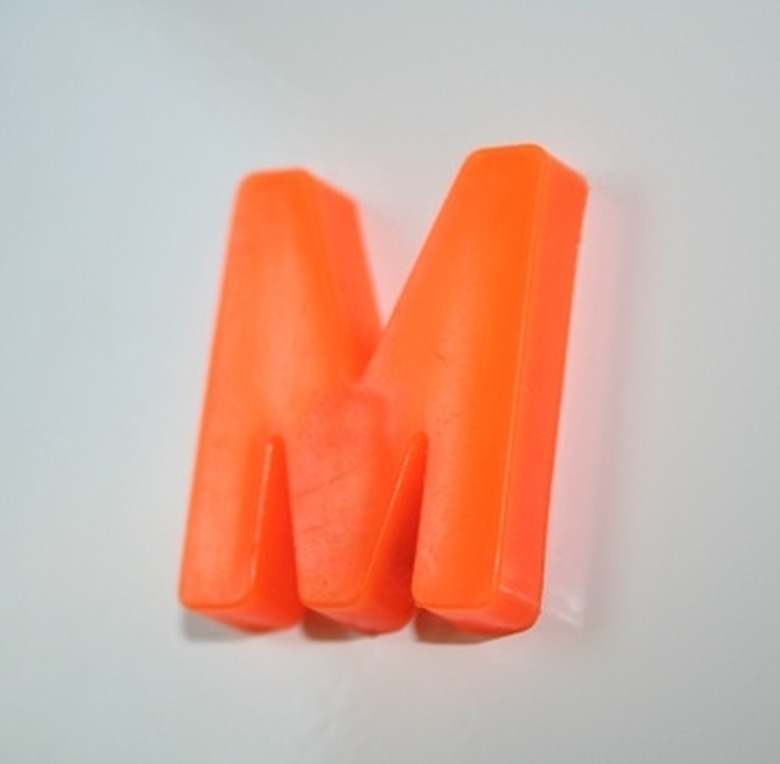Why Is An Electromagnet A Temporary Magnet?
An electromagnet is a manmade device that acts almost exactly like a natural magnet. It has north and south poles that attract and repel north and south poles on natural magnets. It can attract certain kinds of of metals to it. The primary differences between an electromagnet and a natural magnet are the materials each is made of and the fact that when an electromagnet's power is switched off it loses its magnetic abilities, according to the National High Magnetic Field Laboratory.
The Electromagnetic Effect
The Electromagnetic Effect
As the Danish physicist Hans Christian Oersted discovered in the early 19th century, magnetic fields are caused by electric currents. While working in his laboratory, he discovered that all wires with a current flowing through them were able to affect compass needles as if they were magnets. This was called the electromagnetic effect, states MAGCRAFT Rare Earth Magnets.
The Source of Magnetic Fields in Nature
The Source of Magnetic Fields in Nature
The atoms that make up natural magnets (like all atoms) are made of tiny negative electric charges called electrons, surrounding tiny positive electric charges called protons. The electrons are spinning and moving around their atoms, and this makes them small currents. The electrons of all atoms therefore generate tiny magnetic fields.
Permanent Magnets
Permanent Magnets
According to the National High Magnetic Field Laboratory, in most substances these magnetic fields are pointing in every direction, so that all of these tiny magnetic fields usually don't add up to anything, because they work against one another too much. In some materials the fields can line up and act with one another, which gives the object a powerful magnetic field. Such objects are called magnets. Permanent magnets are always made of substances like magnetite, iron, nickel, or neodymium.
Parts of an Electromagnet
Parts of an Electromagnet
A electromagnet is made up out of a coil of wire, a battery, and a chunk of iron. Copper, a nonmagnetic material, is wound around the iron, which is called the "core." While iron can be made into a permanent magnet, the iron core of an electromagnet is not a magnet. All of the materials an electromagnet is made of are nonmagnetic.
How Electromagnets Work
How Electromagnets Work
When the battery is connected to the coil, current starts to flow through it. As Oersted discovered, this makes the wire that the coil is made of generate a magnetic field. Because the wire is coiled up tightly, these magnetic fields stack up. Because iron has a high magnetic permeability, it reinforces the field generated by the wire. However, as soon as the power from the battery stops, the current stops, and this means that the magnetic field vanishes. This is the reason that electromagnets are temporary magnets, explains the National High Magnetic Field Laboratory.
Cite This Article
MLA
Thompson, Jason. "Why Is An Electromagnet A Temporary Magnet?" sciencing.com, https://www.sciencing.com/electromagnet-temporary-magnet-6483660/. 24 April 2017.
APA
Thompson, Jason. (2017, April 24). Why Is An Electromagnet A Temporary Magnet?. sciencing.com. Retrieved from https://www.sciencing.com/electromagnet-temporary-magnet-6483660/
Chicago
Thompson, Jason. Why Is An Electromagnet A Temporary Magnet? last modified March 24, 2022. https://www.sciencing.com/electromagnet-temporary-magnet-6483660/
